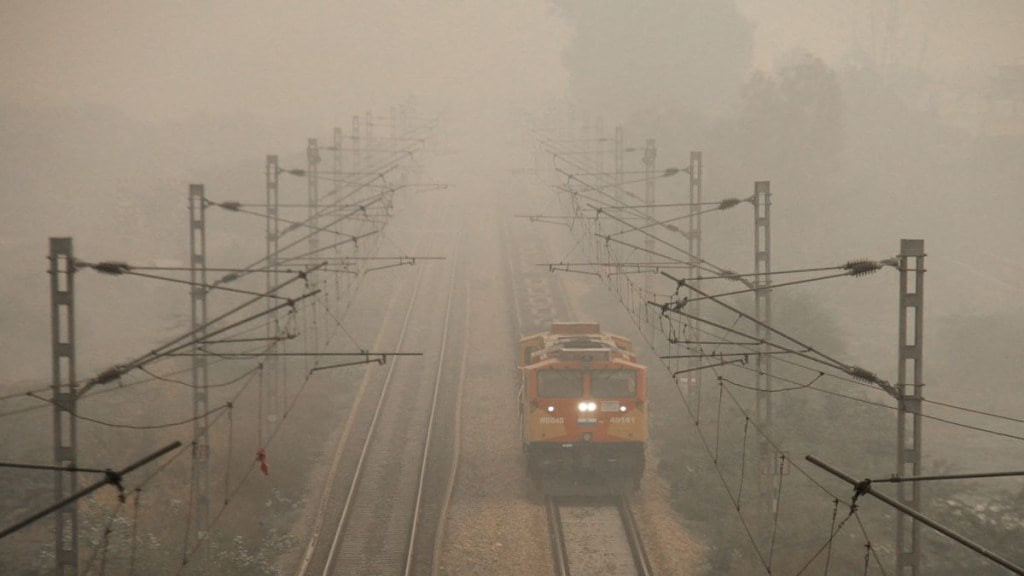Delhi Pollution: The worsening air quality has become a cause of concern among the residents of the National Capital. According to Dr Kuldeep Kumar Grover, Head of Critical Care and Pulmonology, CK Birla Hospital, Gurugram, air pollutants such as gases, particles, biological molecules, etc. release into the air that is harmful to human health and the environment.
“They could be primary or secondary. Primary means directly into environment such as So2 sulphur dioxide directly from factories. And secondary means after intermingly with primary pollutents cause it like smog (mix of smog and fog) Causes could be many burning of fossil fuels .. automobiles .. factories.. industries..minining,” Dr. Grover told Financial Express.com.
What are the hazardous effects of air pollution?
According to Dr. Grover, the hazardous effects of air pollution on the environment include:
- Diseases: Air pollution has resulted in several respiratory disorders and heart diseases among humans. The cases of lung cancer have increased in the last few decades. Children living near polluted areas are more prone to pneumonia and asthma. Many people die every year due to the direct or indirect effects of air pollution.
- Global Warming: Due to the emission of greenhouse gases, there is an imbalance in the gaseous composition of the air. This has led to an increase in the temperature of the earth. This increase in earth’s temperature is known as global warming.
- Acid Rain: The burning of fossil fuels releases harmful gases such as nitrogen oxides and sulphur oxides in the air. The water droplets combine with these pollutants, become acidic and fall as acid rain which damages human, animal and plant life.
- Ozone Layer Depletion: The release of chlorofluorocarbons, halons, and hydrochlorofluorocarbons in the atmosphere is the major cause of depletion of the ozone layer. The depleting ozone layer does not prevent the harmful ultraviolet rays coming from the sun and causes skin diseases and eye problems among individuals.
“Due to the emission of greenhouse gases, there is an imbalance in the gaseous composition of the air. This has led to an increase in the temperature of the earth. This increase in earth’s temperature is known as global warming. This has resulted in the melting of glaciers and an increase in sea levels. Many areas are submerged underwater,” he told Financial Express.com.
